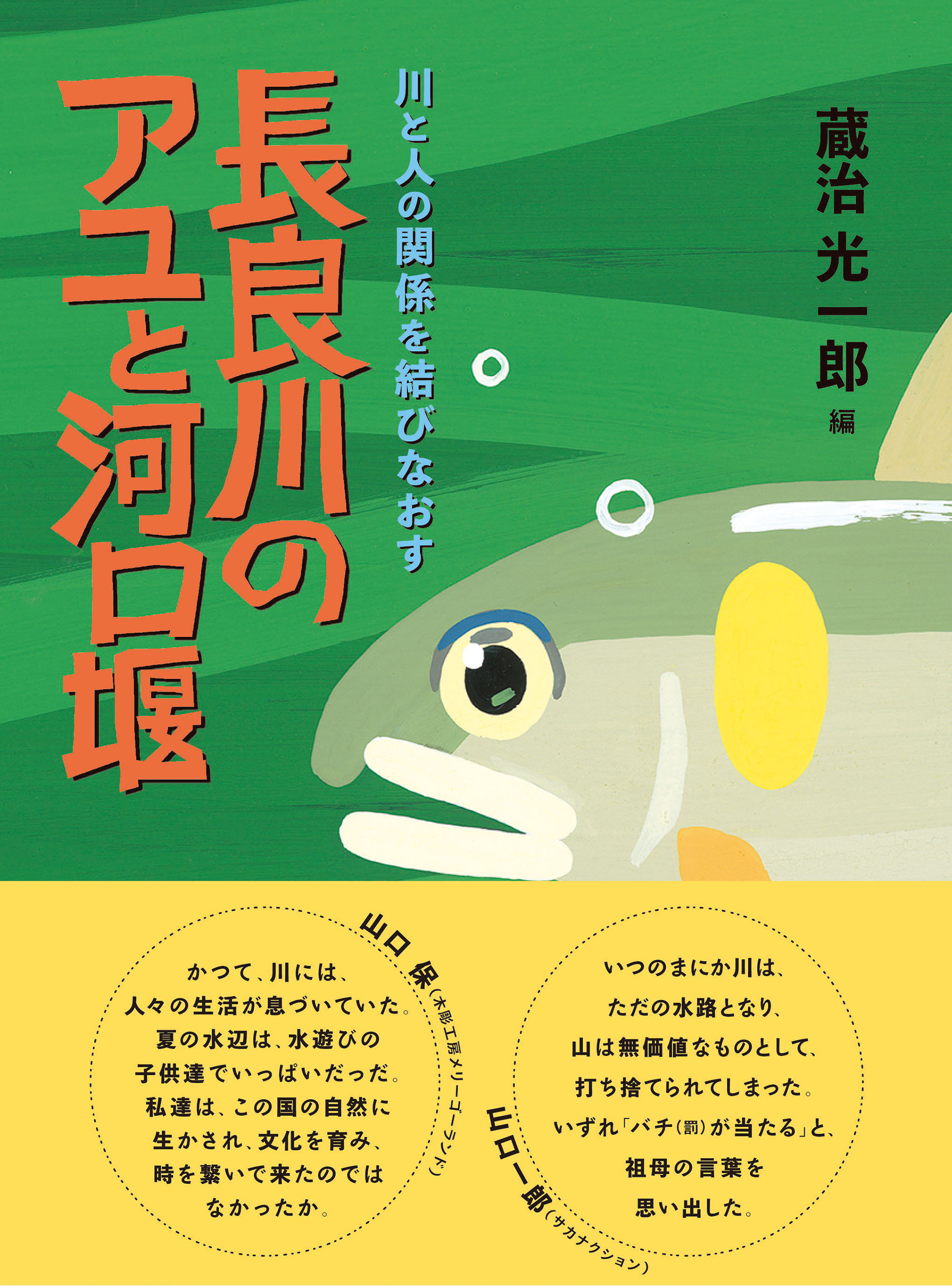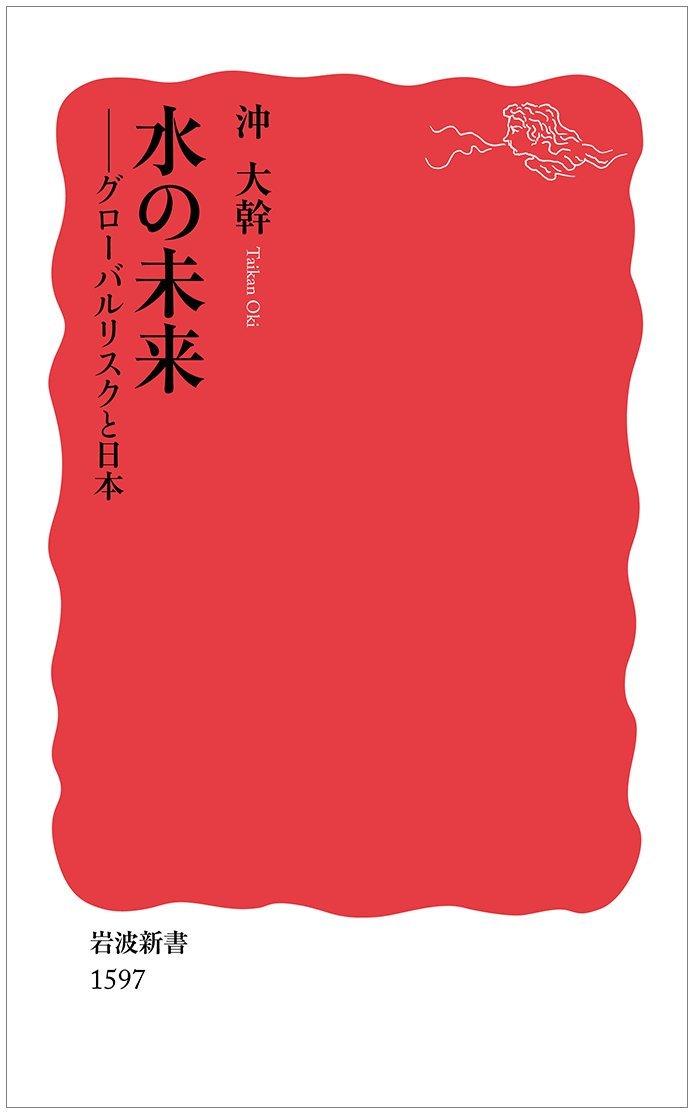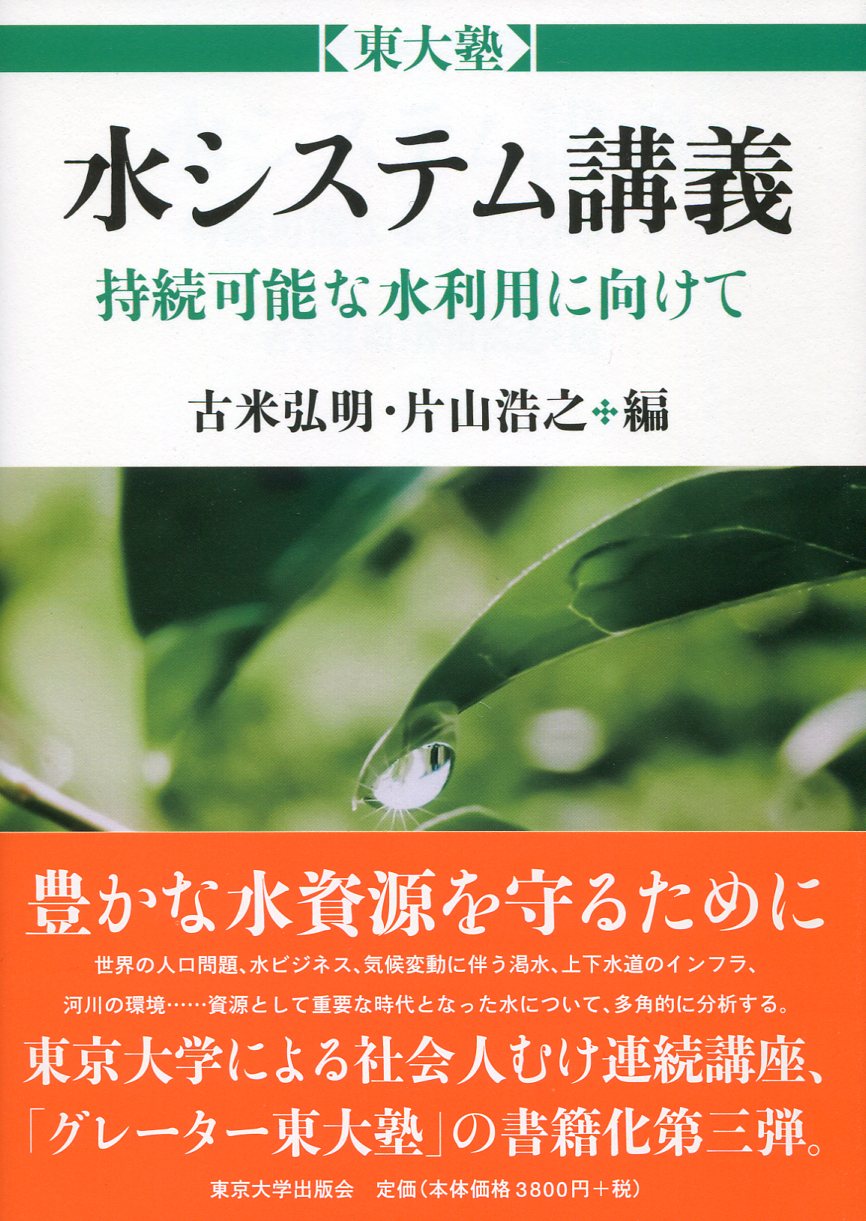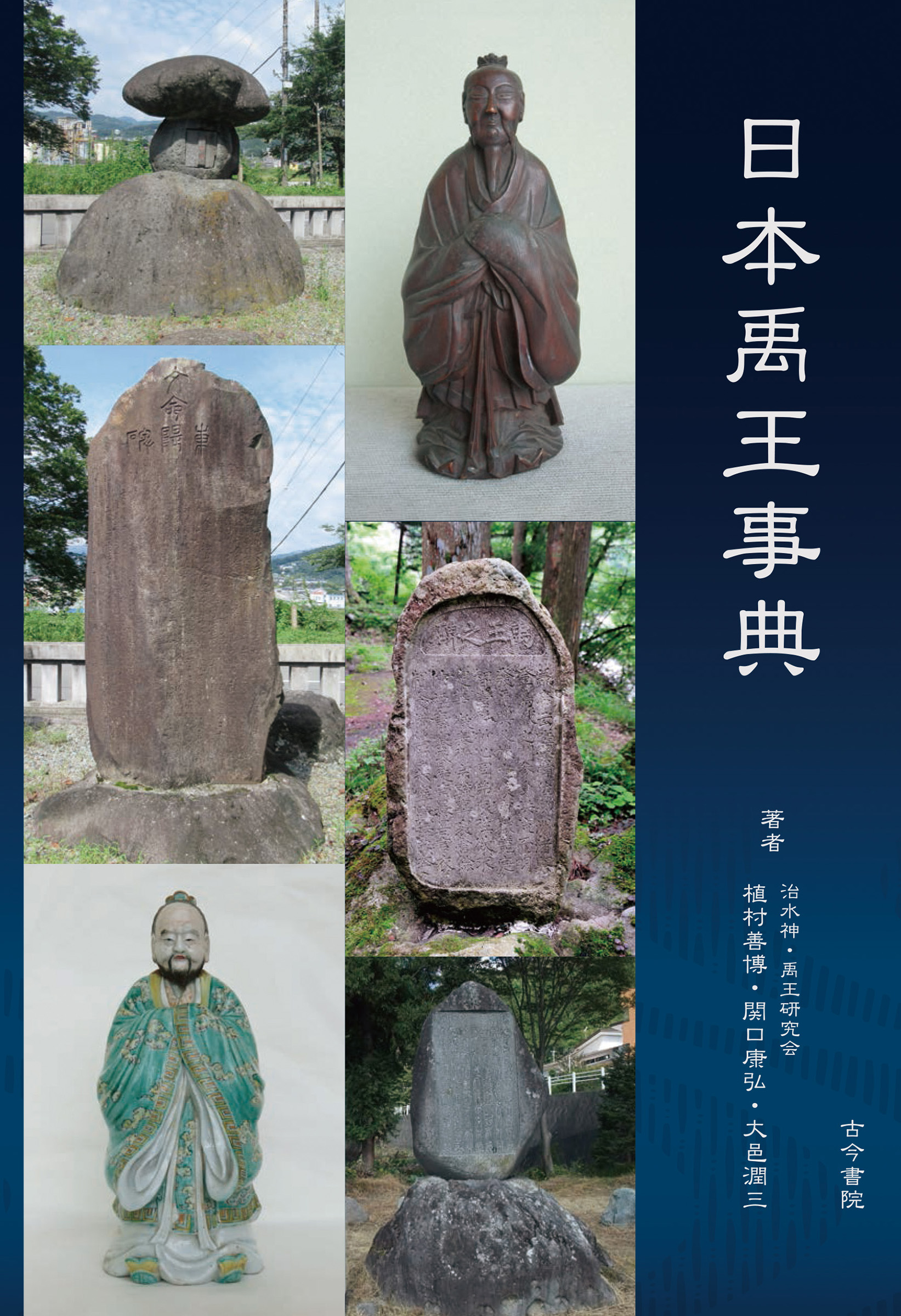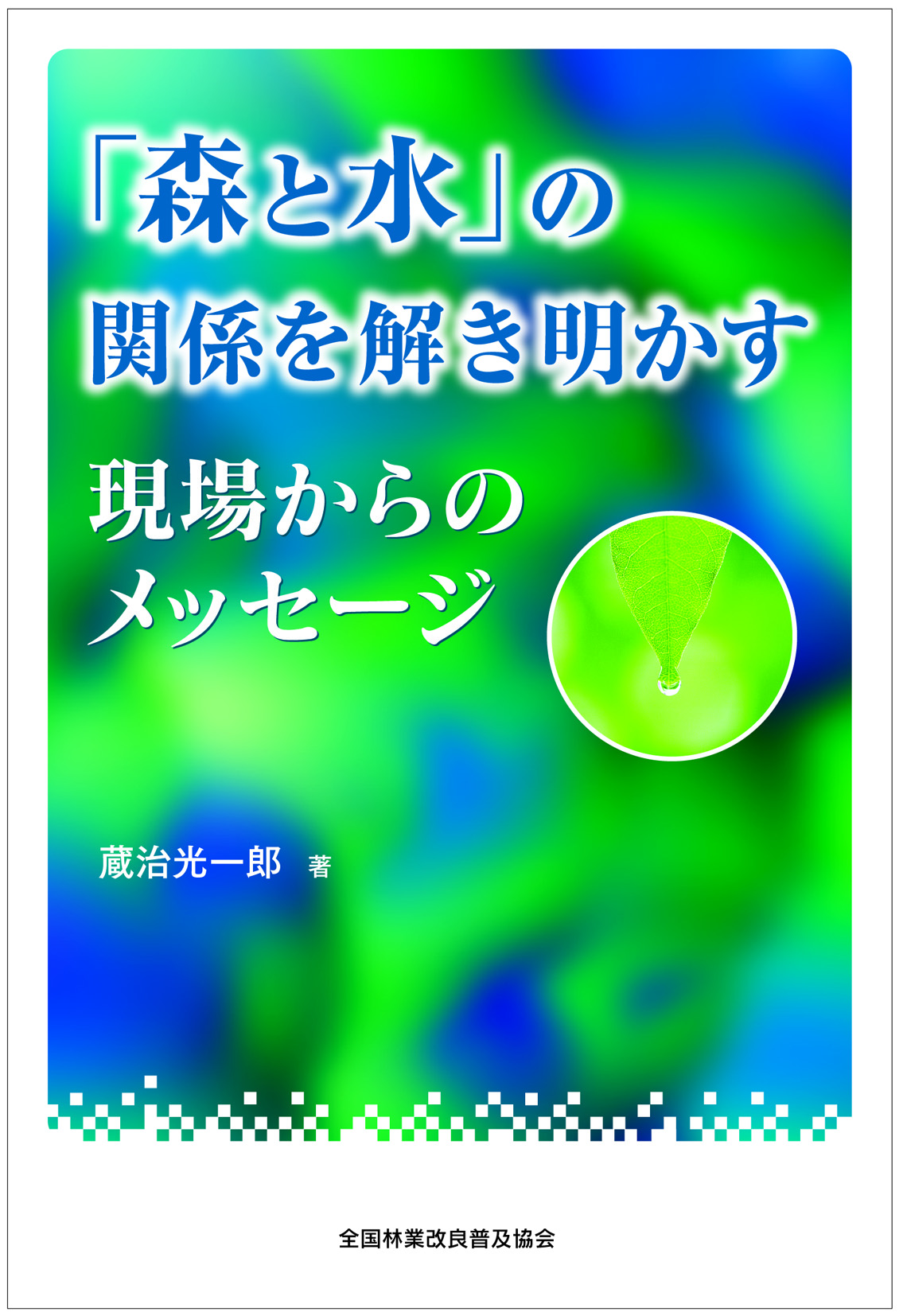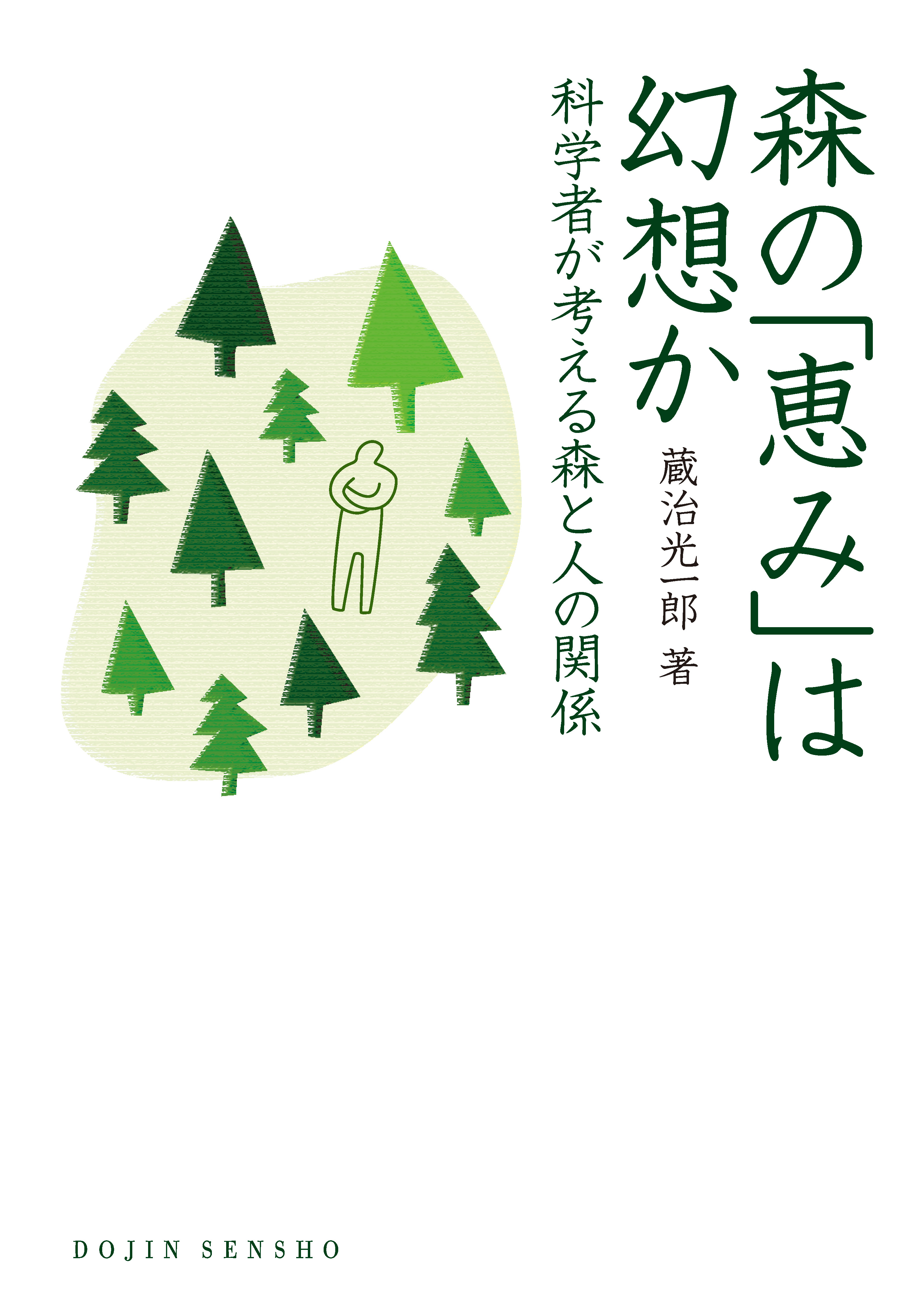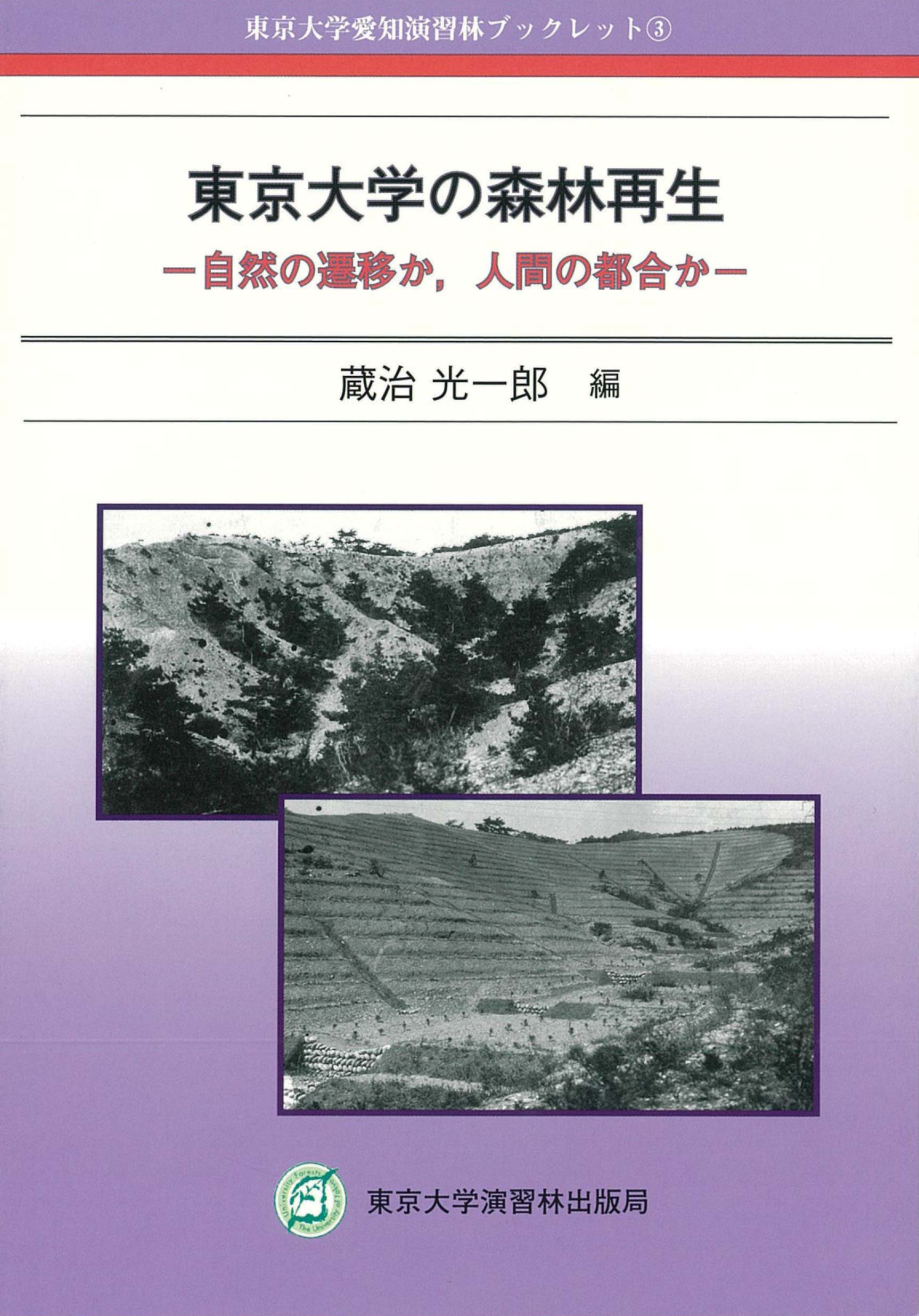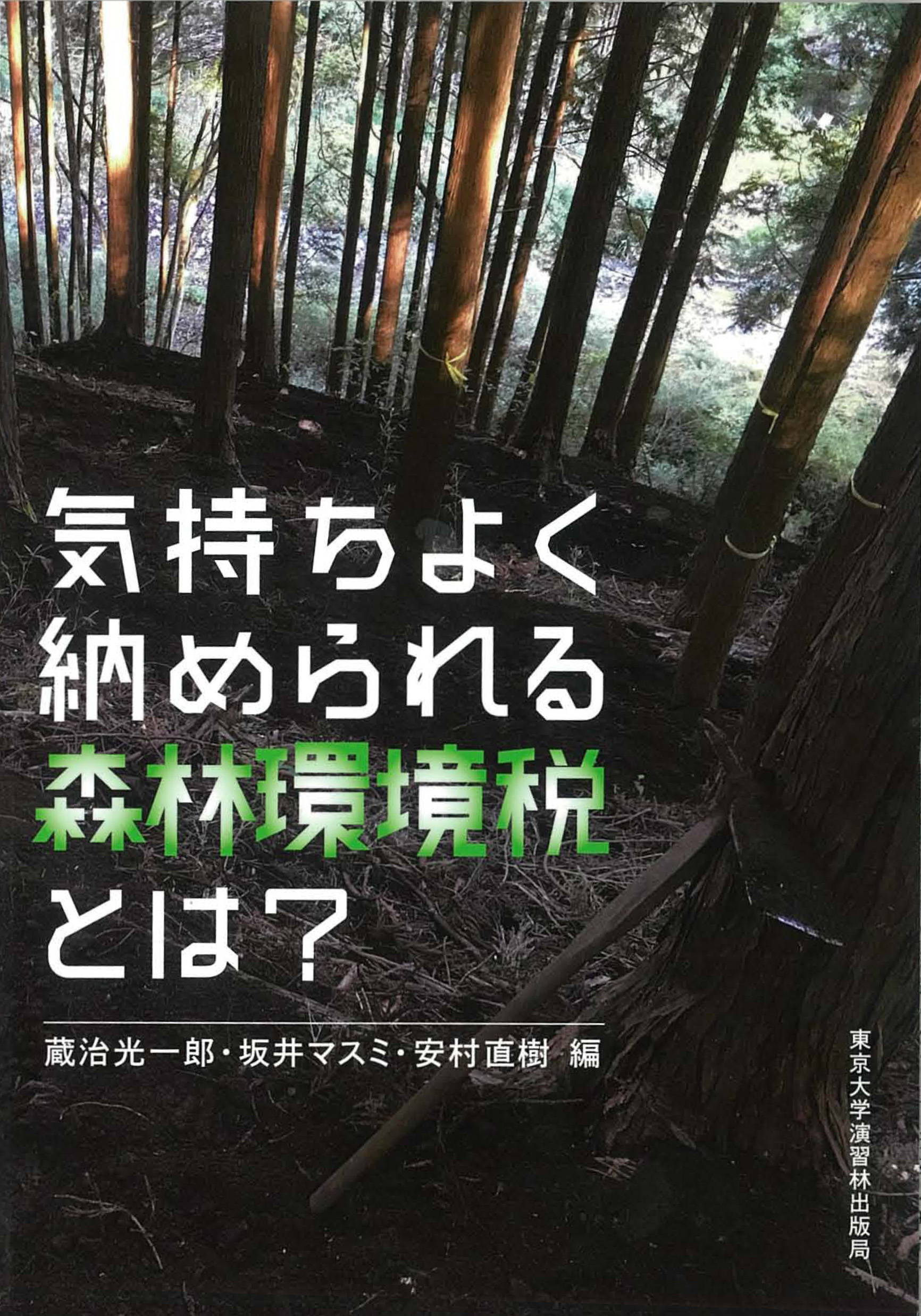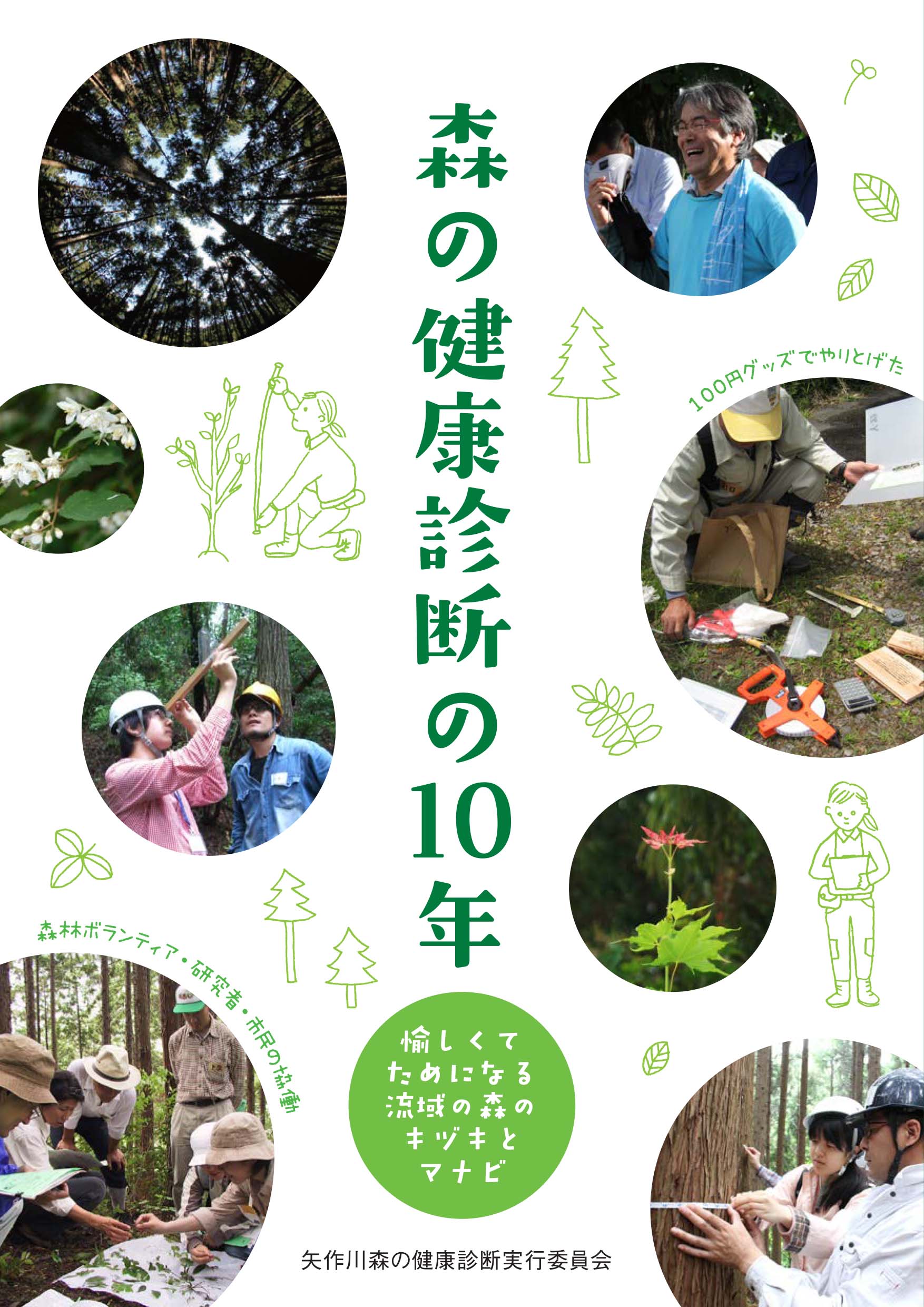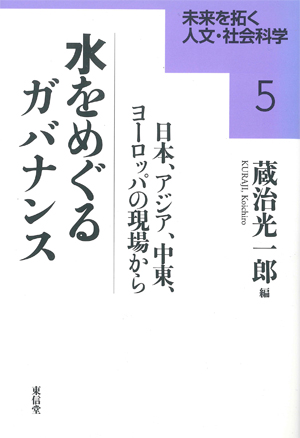
Title
Humanities and Social Sciences for the Future 5 Mizu o meguru governance (Water Governance: In Japan, Asia, Middle East and Europe)
Size
224 pages, 127x188mm, softcover
Language
Japanese
Released
January 31, 2008
ISBN
978-4-88713-808-7
Published by
TOSHINDO
Book Info
See Book Availability at Library
Japanese Page
As concern grows over environmental issues, problems related to water, both drought caused by water shortages and floods caused by excessive water, are attracting as much attention as climate change.
Water has not always existed in forms convenient for humanity. Instead, humanity has throughout its long history adapted to given circumstances, whether that if too little or too much water, whether that of clearly differentiated wet spells and dry spells. To prepare for times of drought, small cisterns were built. To prepare for flooding, dwellings were built on high ground that water would never reach, while, conversely, lowlands were purposely flooded to be later cultivated. There were constant clashes over water shortages and flooding disasters that were repeatedly resolved through agreements, arbitration, and rulings that eventually brought order to a region in the form of local governance.
In recent years, however, the ability to carry out large civil engineering projects has significantly changed things. Today, massive reservoirs deep in the mountains can supply water even when nearby rivers run dry. Levees and dams act as breakwaters, successfully lessening the damage caused by flooding. Land that was constantly submerged is exposed and—assuming it is now safe—is being utilized in diverse ways, necessitating the repeated implementation of new measures to prevent flooding. All of this progress has put a damper on quarrels over water which in turn has led to complacency as people lose interest in water altogether.
Nevertheless, no matter how much progress is made in science and technology, it has not been possible to gain total control of water or to harness its propensity of being too little or too much. The blocking of critical water basins, shrinking of the Aral Sea, deterioration of river environments, and damage from floods and hurricanes can be seen as warning signs that we have, perhaps, relied too heavily on science and technology to solve our water problems.
This book presents specific case studies of water-related problems confronted by contemporary society and asserts that finding solutions will require not only science and technology, but also new forms of governance. The studies are based on the work of field researchers, and include topics common to Japan and the rest of the world, such as flooding, river-mouth clogging, muddy water, the issue of compensation for submersion of property, the need for bilateral and multilateral agreements regarding international rivers, and more. Also covered are the efforts being made toward effective water governance, as well as initiatives for water control that need to be carried out.
Water problems are among the Millennium Development Goals (MDGs) set by the United Nations and rank along with global warming as one of the most important environmental issues of the 21st century, yet there is little awareness of this within Japan. Still, as economic globalization progresses, the water crisis may lead to rising costs of food and resources. Domestically, Japan has always been prone to natural disasters and there is no telling when it may be beset by major flooding or water shortage. The Japanese people cannot afford to be complacent. Hopefully, this book will raise awareness of the water problems of Japan and the world.
(Written by KURAJI Koichiro, Professor, Graduate School of Agricultural and Life Sciences / 2019)



 Find a book
Find a book


